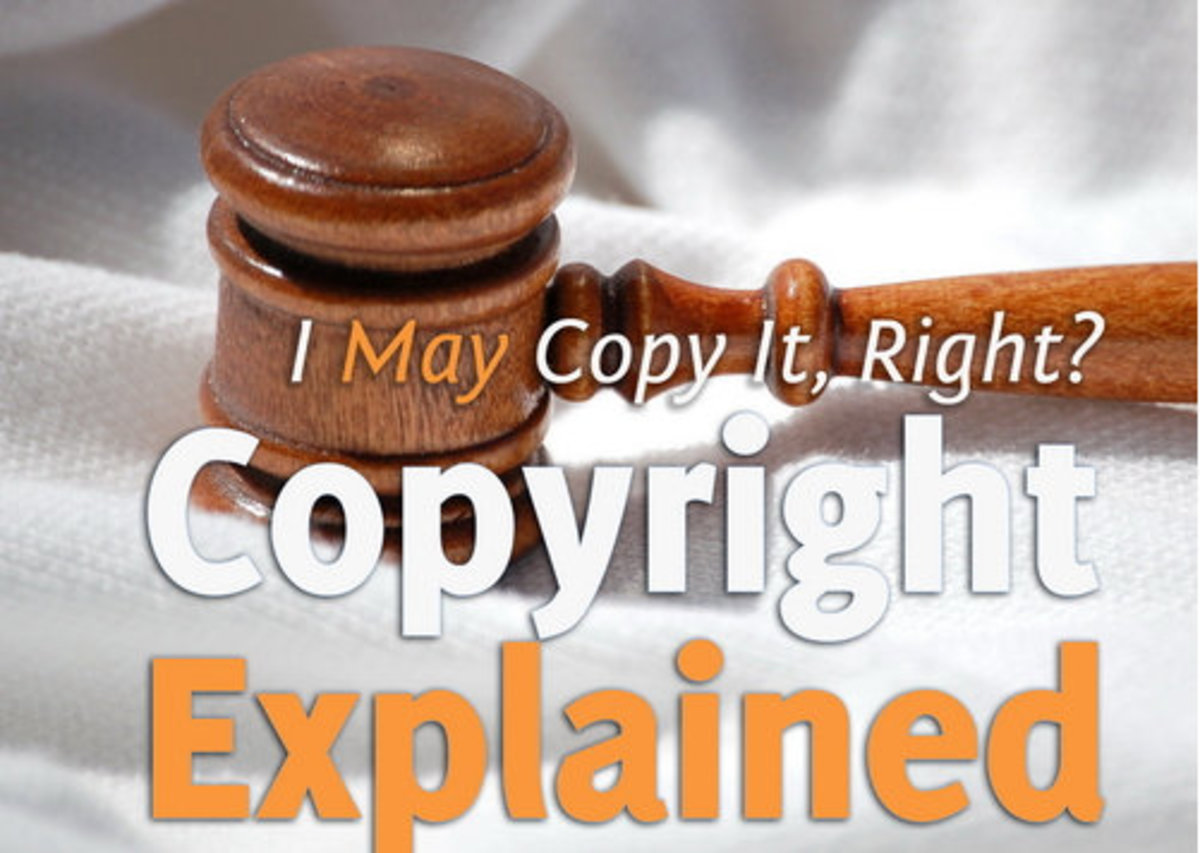What Did Your Architect Give You With Your Plans?

After almost 40 years in practice, and having had my own firm for several years, I have discovered something that appears to have become a rampant crisis throughout the construction industry; a major misunderstanding of what a client purchases when hiring an Architect. Let me attempt to clarify this for everyone reading this article. First of all, this is not a legal advice article, although there may be somethings said that might sound like it, please do not misinterpret that as legal advice. You should consult a lawyer for any legal advice, not an Architect. However, this is an Architect’s perspective on the issues raised here in.
To begin this discussion, what does a client actually purchase when acquiring professional services? These professional services come in the form of documents described as “instruments of service”, which are commonly referred to as plans (drawings) and specifications. Behind the development of these documents, will be founded on experience, expertise, and training. To sum up in a single word, knowledge, and that is what is actually being procured. These “instruments of service” become what is referred to as intellectual property, which the developer of this information is the exclusive owner of the developed information. You might have heard this by another term, copyright. These rights are only conveyed from the originator to another entity only by expressed legal agreement, otherwise these rights do not transfer.
These instruments of service are customarily developed for a single project on a single site, however that this not always the case, i.e. standard plans for homebuilders. Problems are created when these plans and specifications are used for another project and / or a different site without permission. This is often done in attempt to cut costs by a builder / developer / owner / other. There are multiple overtones to such an act. To begin it is what is called copyright infringement; the use of someone’s intellectual property without their permission. This is a federal crime, with up to $150,000 in penalties and possibly up to five years jail time. I believe that the statute of limitation for this is three years, meaning that the owner of this intellectual property can bring suit for up to three years after the discovery of the alleged infringement.
As an important part of proving copyright infringement is showing that the “infringer” had known or had access to the original work, that task of proving this is much easier in this electronic world. For instance, if the work is founded as some sort of a CAD file, someone very versed in the CAD program could search the file’s database to prove commonalities such as layer names, block names, and the like, proving a link that is required to pursue a claim of that nature. That is only one potential part of this infringement issue.
So, a logical question would be: what was really purchased with the plans and specifications? I would encourage that a perspective of computer software be adopted for those procuring professional services. Consider the plans and specification as having a limited license. That license allows the drawings to be copied and used on that one particular project only, and only if the services were paid for in full. Use of those drawings for anything else can be considered an infringement of the copyright that is held by the person that produced those plans and specifications, whether the person that prepared the plans is a Registered Architect or not. Since about 1991, this copyright is implied; it does not even have to be noted on the drawings. Only if the copyright owner explicitly conveys those rights can one escape this potential infringement. The plans and specifications that were printed and given are not a product, but they are instruments of a professional service. As instruments of a service they represent the provided service, not a “product” of the building. That service is the livelihood of those professionals. It would be no different than a contractor building a room addition and not getting paid or an owner finding out that all the materials used on their project had been used on a previous project. There are other areas that can be related to this act, that reach far beyond just the infringement issue.
The next issue is that most plans and specifications are (or should) be directly reference in the builder’s / contractor’s agreement with the owner; both, sheet by sheet and by date (last revision). Each time a sheet is revised during the project’s construction, then an addendum (amendment) for the contract should also be made either implied or expressed. This is a required part of inclusion in the AIA (American Institute of Architects) standard documents. This list would also include any details that are tied to a specific site.
In order to utilize those drawings on another project and another site, someone has to alter the title block, at the very least, as well as other imbedded information within those plans and specifications. If someone other than the Registrant or his / her bona fide employee makes any revisions to those drawings, the person altering those plans and specifications may face prosecution by the State’s regulating agency, which may bring civil and / or criminal penalties to the guilty party. If the party is a licensed contractor, it may also bring possible discipline action(s) from the State’s contracting licensing agency as well. As can be seen, the ramifications can be compounding. I speak of this from multiple experiences. I have had my drawings and professional identity used by others in the past, and have seen these penalties, both civil and criminal, handed down to those parties.
Society, in general, will be placed at risk by actions of this nature. Many of the requirements in the plans and specification are based on the building codes, soils types, etc. and those parameters may change for a different site use. What if the new site had soil conditions that did not have the same capacity as designed for the original site? If the new site had a lower capacity, the building will settle and may even collapse. What if the new site has a higher wind load than the original site had? All this places society at risk for many potential calamities.
As mentioned above, there is a great deal of knowledge that goes into the development of these plans and specifications. The person developing this information must be looked like at as an expert, and if that is not the view developed by that professional, then another one needs to be selected by the client. As a client, you hire this design professional because you do not have that expertise, so please do not direct the professional. If as a client, you think you know as much as your professional, why waste the money hiring a design professional? If as the client, you acknowledge that the design professional knows more than you, why not leverage that expertise in your favor?
© 2009 Dan Demland








